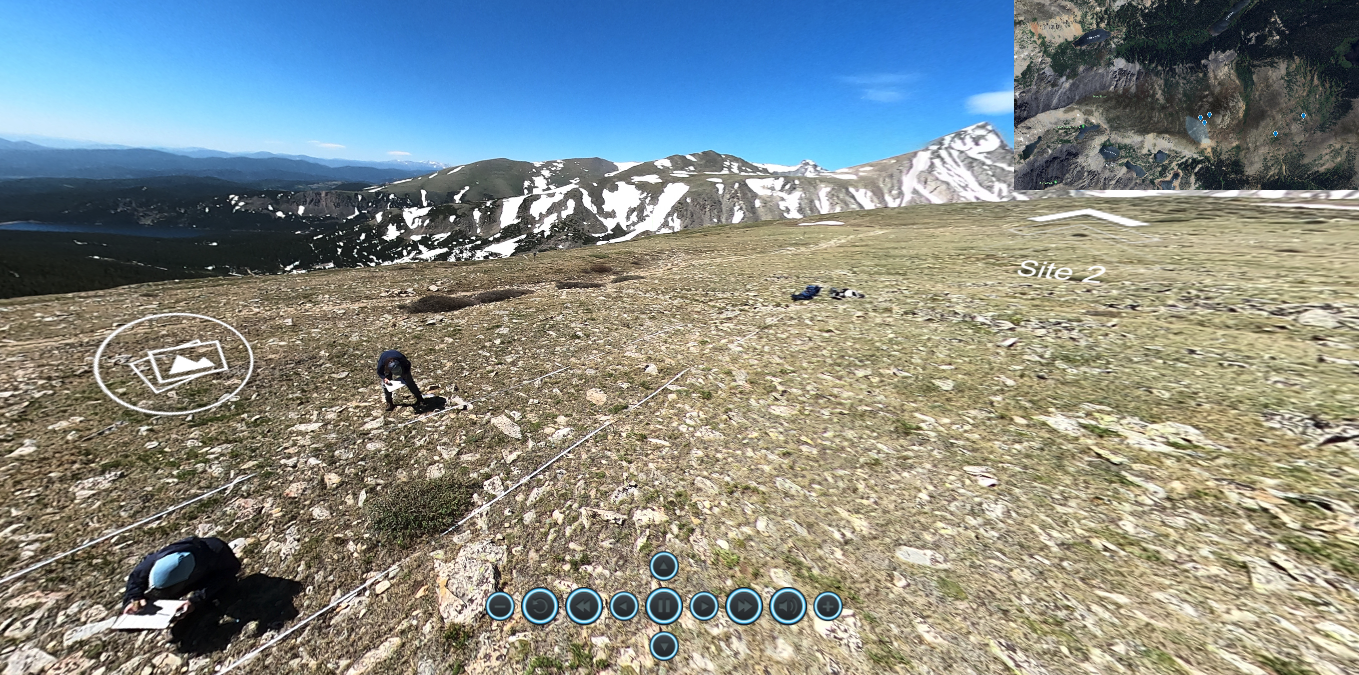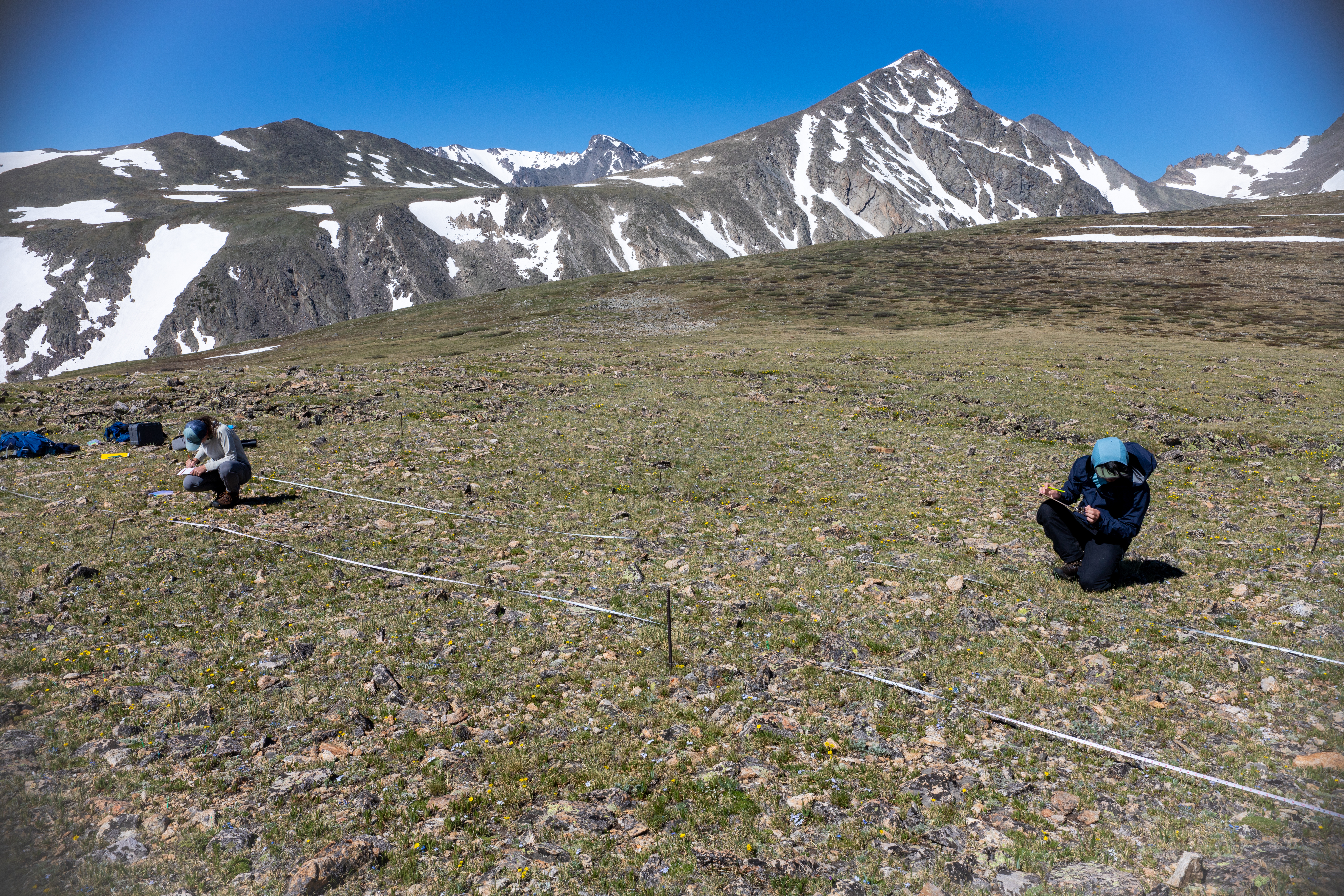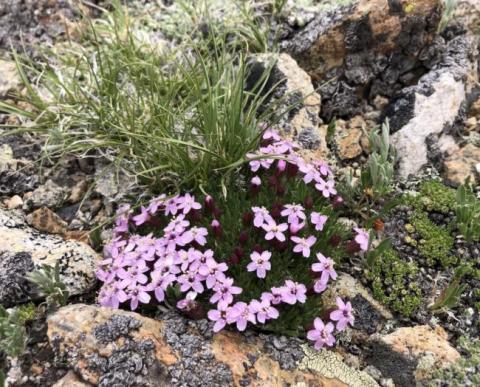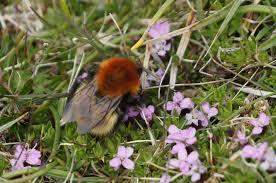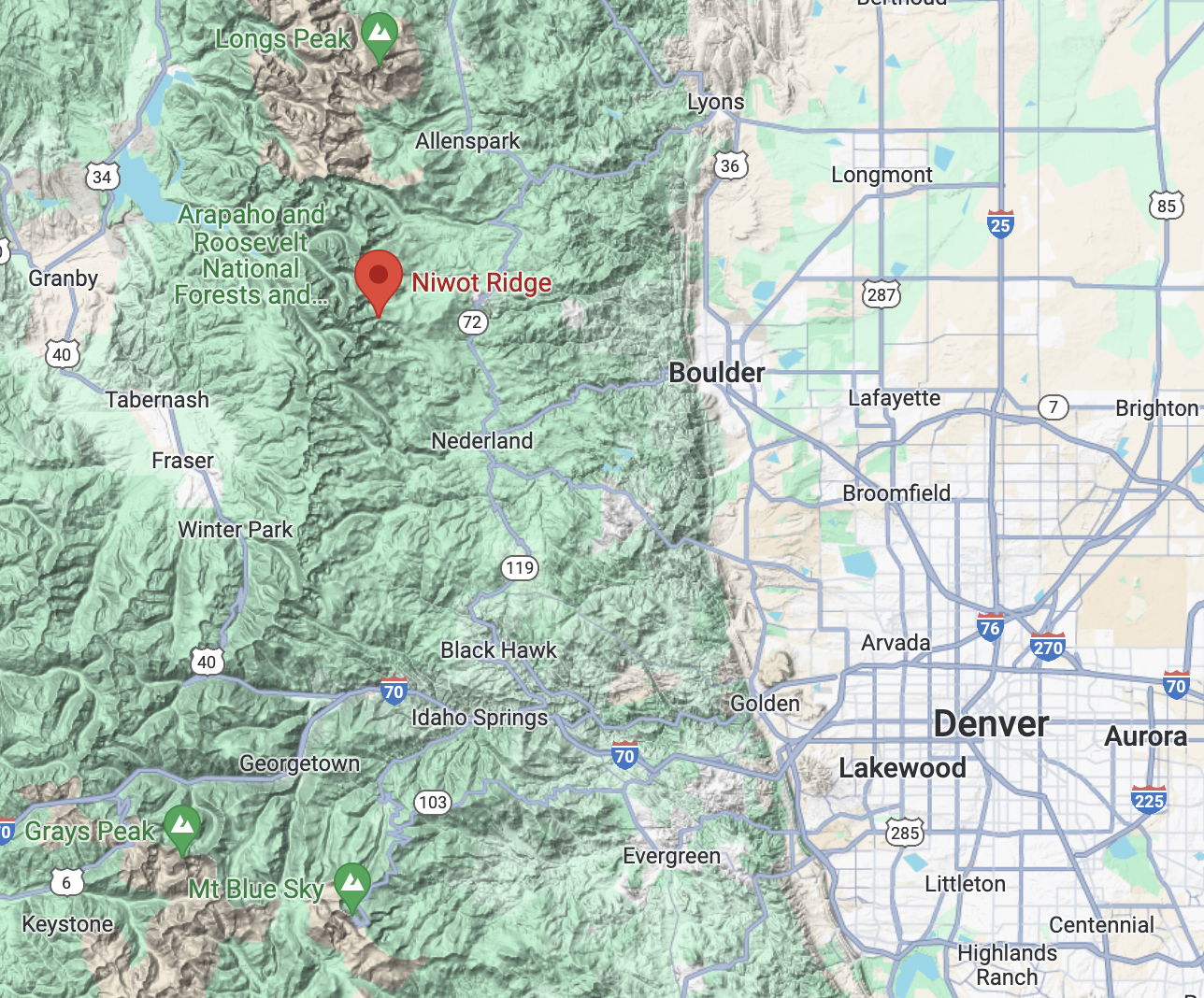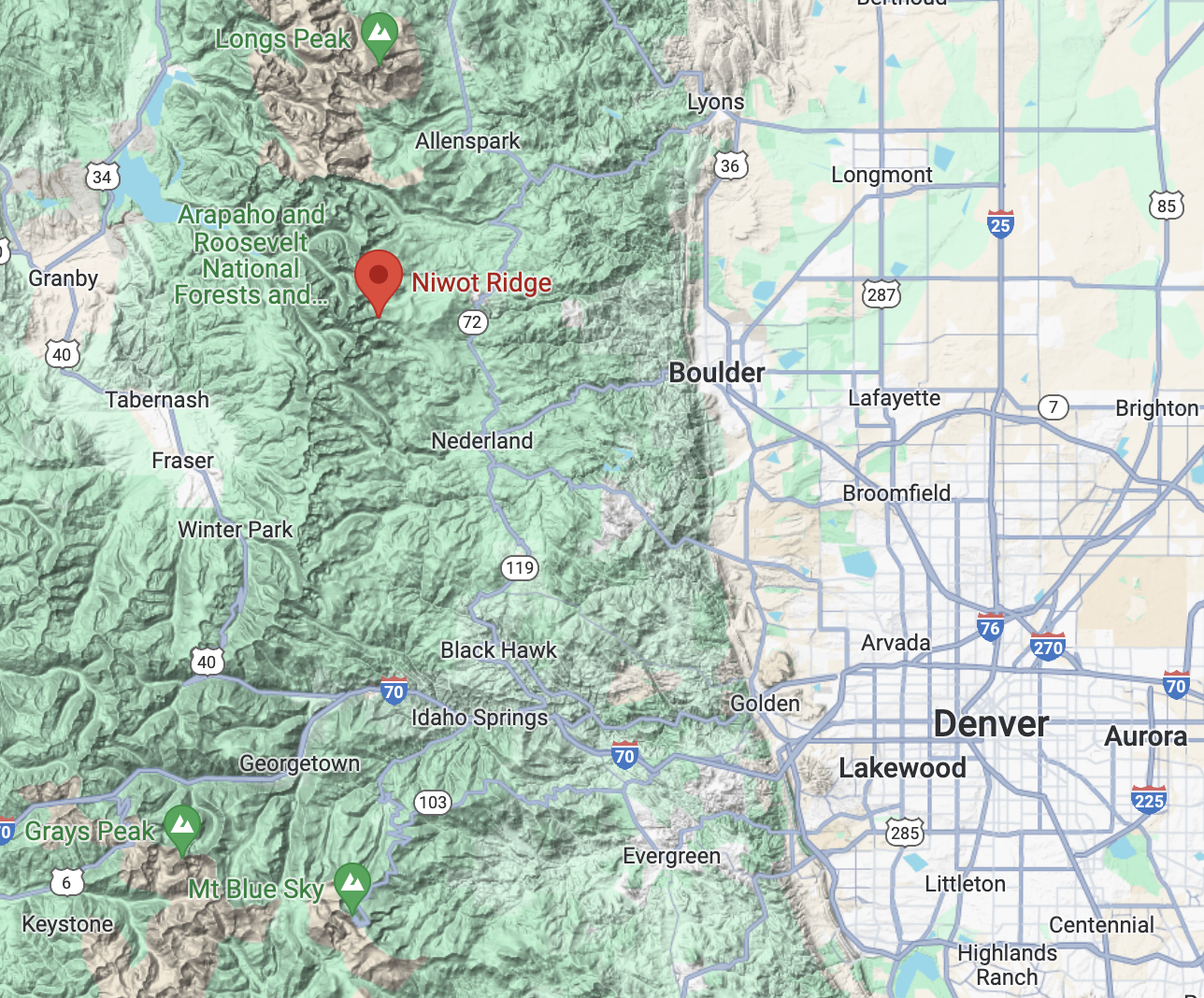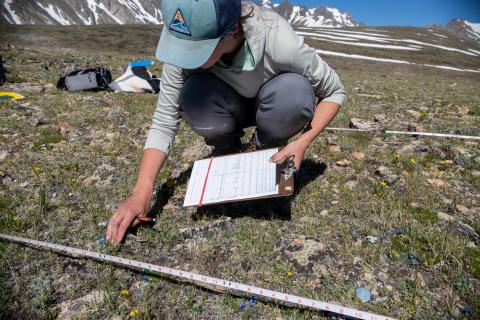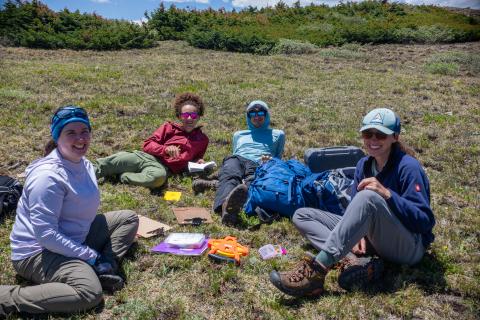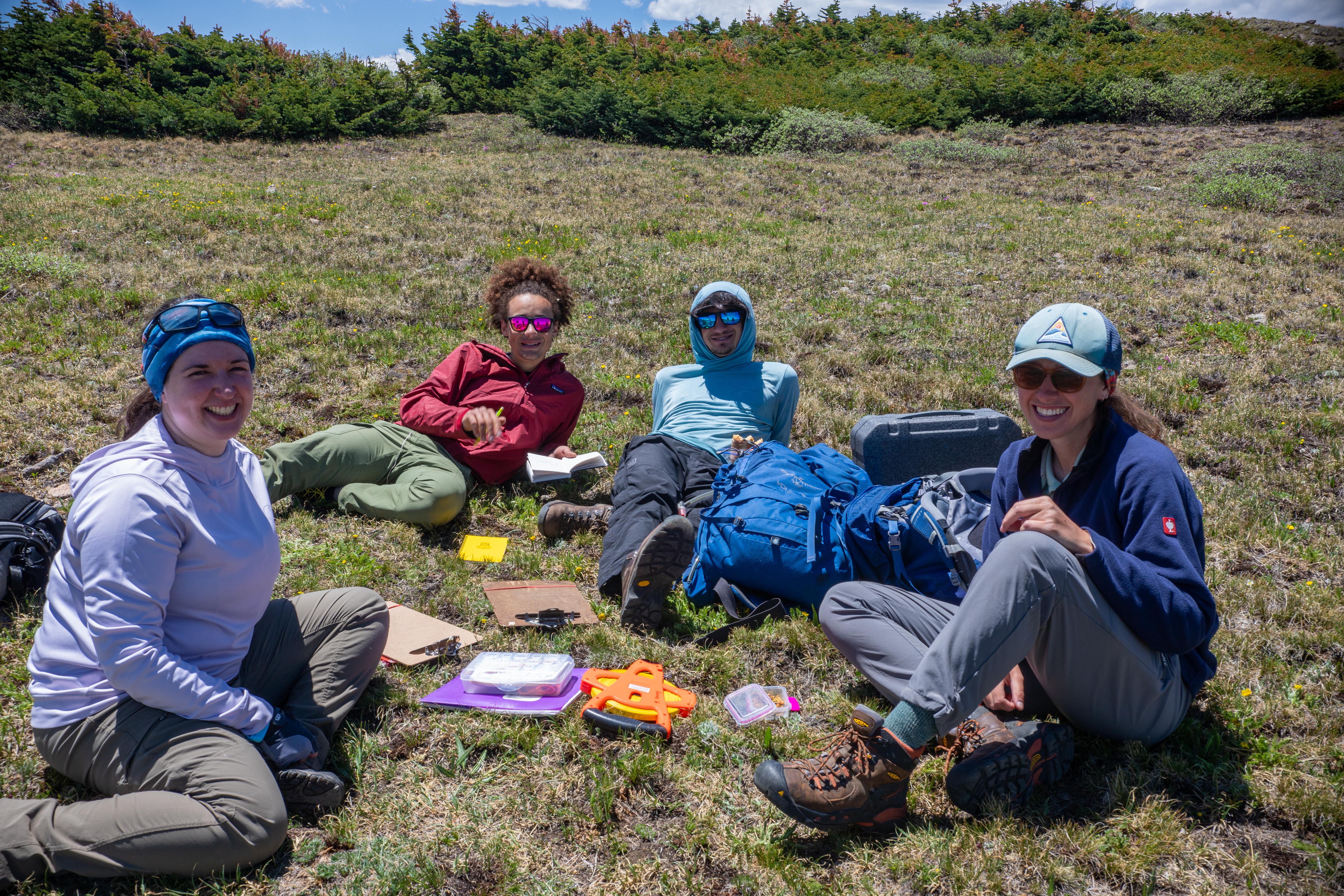| Phenomenon | Phenology shifts in moss campion, a common Rocky Mountain plant (2016-2021) |
| Location | Niwot Ridge, Colorado |
| Datasets | Phenology data: Moss campion flowering from 2016-2021 Vital sign data: Moss campion reproduction from 2016-2021 Environmental data: Snowmelt and temperature data from 2016-2021 |
| Data Visualization Types | Scatter plots, line plots |
| Big Science Ideas | Changes to environmental conditions affect populations |
How to play with the data below:
- Click and drag variables from the data table to the x and/or y axis to the pre-populated graphs or create a graph of your own by selecting the graph icon in the upper left corner of the window.
- Watch this video to learn more about leveraging the functionality of CODAP to explore the moss campion phenology dataset below.

